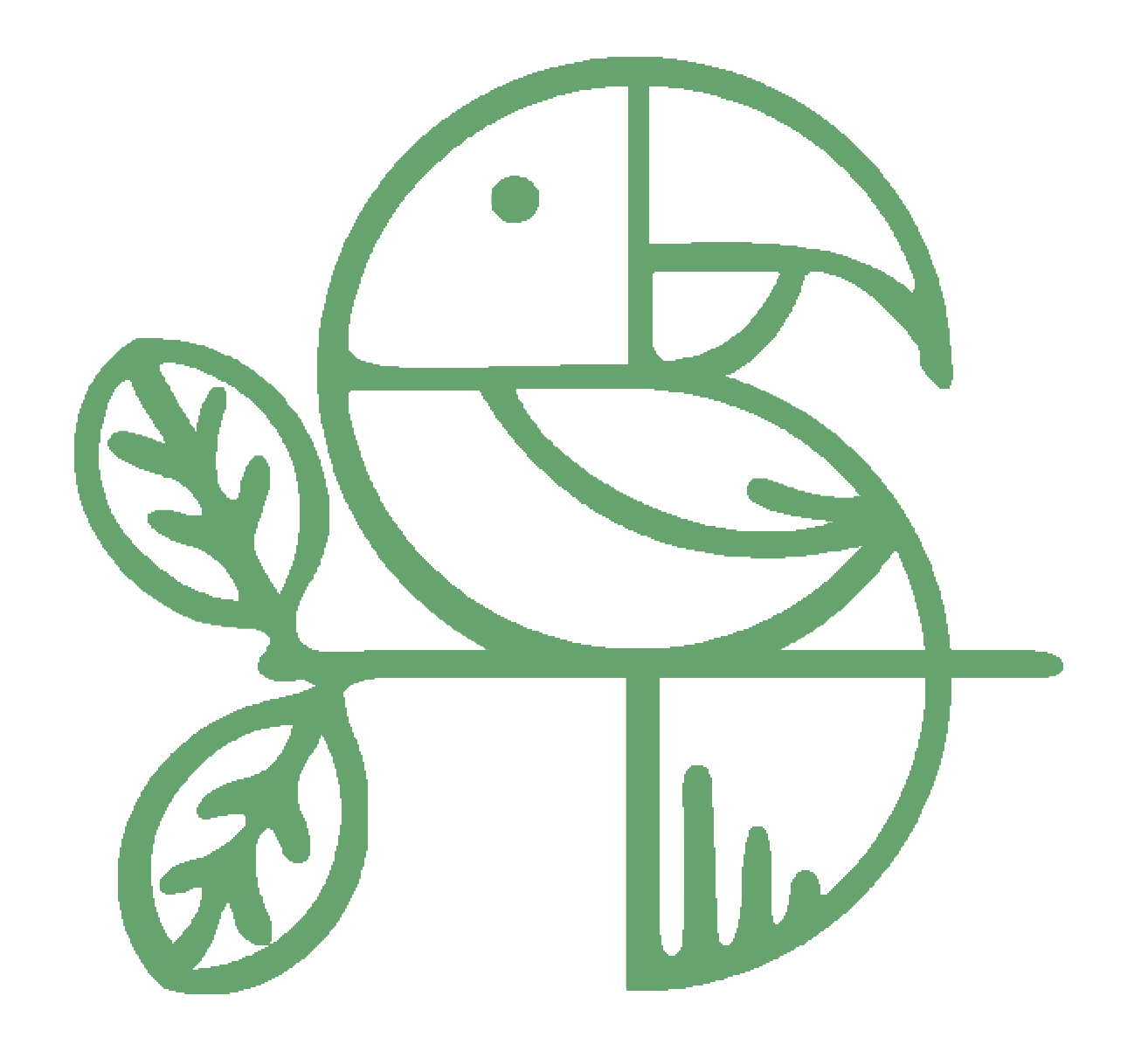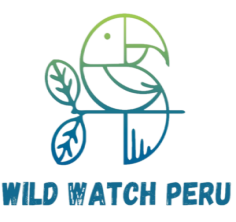About Espiritu Pampa at Vilcabamba
Espiritu Pampa in the Vilcabamba region is part of ruins that was recently studied by the Cuzquenian anthropologist, it’s been revealed a great mysteries related to the first occupation in the area known as the last Inca stronghold upon the arrival of the Spaniard colonizers to the area. The complex is surrounded by vegetation characteristic of the humid cloud forest, there are a lot of epiphytes orchids, bromeliads, lichens that grow on the large fig trees that are standing up center of the site.
Espiritu Pampa – Geographical Features
It is located on the Chontabamba River, a tributary of the Urubamba River. It is often referred to as Vilcabamba the Old or Old Vilcabamba to distinguish it from the Spanish colonial town of Vilcabamba la Nueva.
This region is a sort of ‘inland island ‘ cut off from the rest of the country: bordered by the Urubamba River on the east, the high peak s of the Cordillera Vilcabamba on the southeast, the Apurimac River to the south and west, and to the north by the Cosireni ad Alto Urubamba Rivers where dense forest falls away to the Amazon Basin. The extremely rugged country of forested hills, deep gorges, snowy peaks, and swamps, in fact, flat land is rare — narrow trail s twist and turn along the hillsides overlooking the rivers.
History
The City was founded by Manco Inca in 1539 that served as the capital of the Neo-Inca State, the last refuge of the Inca Empire until it fell to the Spaniards in 1572, signaling the end of Inca resistance to Spanish rule. The city was then destroyed, rediscovered in 1911, and scholars believe it to be the fabled “Lost City of the Incas”
When Hiram Bingham discovered Machu Picchu in 1911 many believed this magnificent and mysterious ruin to be Vilcabamba where the last remnant of the Incan Empire found refuge from the Spaniards.
One must conclude that is the last Inca Refuge, actually ‘Espiritu pampa or Vilcabamba the Old ‘ refers not only to the legendary city (and to the town of ‘Vilcabamba the New, ‘ founded by Spaniard s in the late 16t h century) but to an entire region of Peru northwest of Cuzco and beyond Machu Picchu.
Birds
The bird’s diversity is quite interesting in a Short Trip there can produce an amazing number of specialties of the cloud forest as well as lowland rainforest, the divergence of species make this destination a ideal place to observe the most fascinating colorful birds of the cloud forest and tropical lowland forest, while you explore the ruins you can easily spot one of the most brightly colored birds such as the Cock of the Rock, Oropendolas, Woodpeckers, the main trail that access to the archeological is recommended during the morning time to look for the Slaty Gnateater and other elusive birds
Ebird list – Espiritu Pampa
The avian contrast is interesting so find the list of birds via EBIRD.
Ruins of the Vicinity of Espiritu Pampa – Vilcabamba Old
Vitcos Ruins
Vitcos stands on the northern side of the hill, between the modern villages of Huancacalle and Pucyura, and is the principal portion of a complex that covers the entire hill and portions of the valleys to the south and east. South of the hill there is Chuqip’allta, a giant carved stone said to have been an Inca oracle, and a series of terraces that stretch along the eastern side of the hill within the valley, which are believed to have been decorative or ceremonial gardens.
The Complex of Vitcos
The palace itself consists of two groups of buildings. The upper group is made up of eight large rooms, arranged in four pairs of two rooms back to back, all joined by a common outer wall. The common wall has doors that lead to passages between the pairs. To the north of the upper group is a terrace wall, below which is the lower group of buildings. This group is made up of a dozen or more buildings arranged around an open courtyard. The exact number of buildings in this group is unclear, as it is in considerably worse condition than the upper group.
Huancacalle
Its located in a broadened expanse of the valley near where several canyons come together. All were Inca travel routes hosting assorted Inca and pre-Inca ruins. Dominating the landscape is the hill above the town called Rosaspata. The Inca constructed a major complex of high-status buildings with an all-around view on top called Vitcos. The Neo-Inca later adopted it as their principal city.
- Location :
- Cusco - Vilcabamba
- Weather :
- Sub-tropical
- Type of Access:
- Overland Transport



